Raghav Prayag Ghat
This is to the south of the Ramghat of the Payaswini and is the convergence point of the three rivers—the Payaswini ,the Mandakini and the Gayatri.
This is to the south of the Ramghat of the Payaswini and is the convergence point of the three rivers—the Payaswini ,the Mandakini and the Gayatri.
About 10 Km. to the south west of Chitrakoot near the village Pathra Pal Deo, this Ashram is situated amidst the hills. It is a beautiful place with water falls worth seeing.
Lord Kamat is another name of Ram, which means the fulfiller of all the wishes. This temple dedicated to Ram is located in the lovely ambiance of a forested hill by name Kamatgiri. Kamatji temple bears close association with Lord Ram, Sita and Lakshman Legends say that it was here that the trio had spent long 11 years of their exile.
One of the popular shrines in Chitrakoot, Kamadji temple proffers an ethereal feeling to all those came there. The majestic Vindhyan ranges, and the Mandakini River festoons the temple tremendously and the tranquility of the place is attributed by the presence of these magnificent vistas of nature.
Literal meaning of the Sanskrit word Kamadgiri is wish fulfilling peak. This happens to be the most sought after places in Chitrakoot since it is believed that it was here that Ram, Sita and Lakshman spent most of their time during their exile. Kamadgiri is the original Chitrakoot and it houses a vast stretch of holy shrines dedicated to various gods in the Hindu Pantheon. The holiness and the serenity of the hilly terrain is attributed by the deep woods and almost all through the year this area is covered under the lovely wrap of lush greenery.
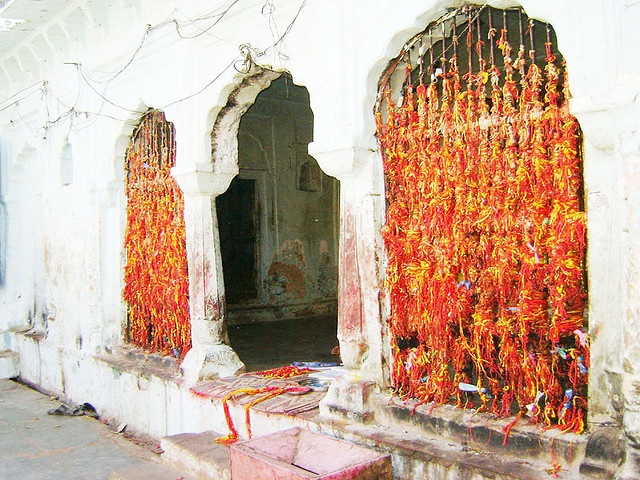
On the banks of the river Mandakini, bathed in a golden hue is the Jankikund, where Sita took her ceremonial dip every morning.
A lovely stretch of water where it is believed that Sita used to take her bath during her exile at Chitrakoot, Janaki kund poses extreme serenity and tranquility to the visitor. People visiting Chitrakoot seldom spare the chance to take a dip in Janaki Kund since they strongly believe that these waters are blessed to be the bathing ghat of Sita devi. Nearby boulder houses some footprints, which are believed to be that of Sita.
One among the landmark sites in Chitrakoot, Hanuman Dhara provides the awe inspiring scenery of a cascade that falls from the nearby mountains. Though the uphill path is little bit tiresome, the pictorial beauty of the gleaming waterfall take away all your hardships and you will be enthralled by the lovely environ that surrounds you.
As any other place in Chitrakoot, Hanuman Dhara also covers a beautiful fable of Lord Ram. It is believed that this cascade was created to ease the hardship of Hanuman while he returned from Lanka after setting fire to Lanka.
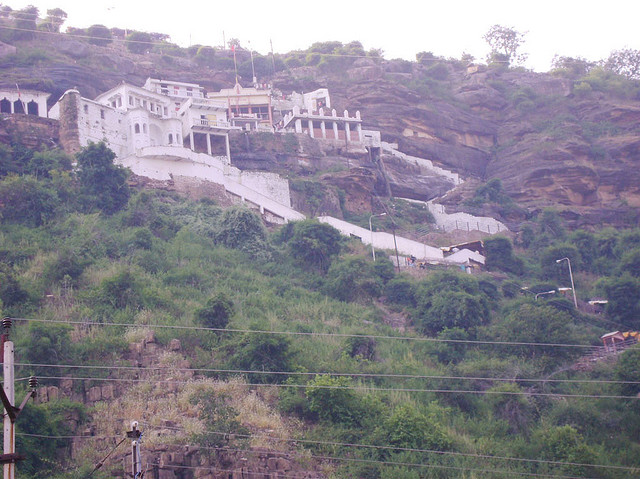
Nestled in the footsteps of a majestic hillock, Gupt Godavari presents a stream that goes beneath a pair of caves, which is believed to be the court of Sri Ram and his brother Lakshman. The caves carries two throne like rock structures that testifies the said belief.
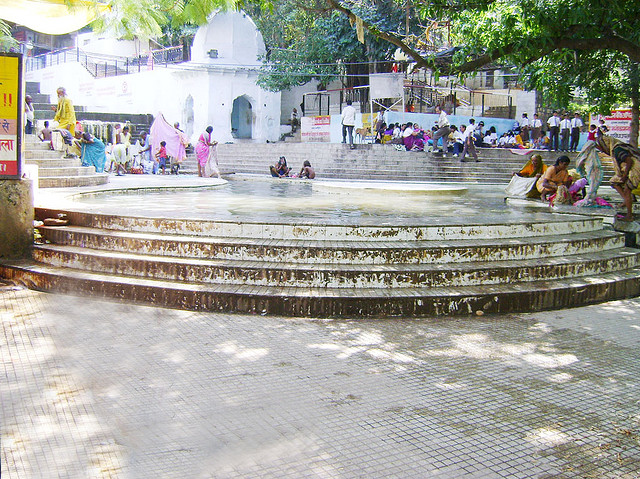
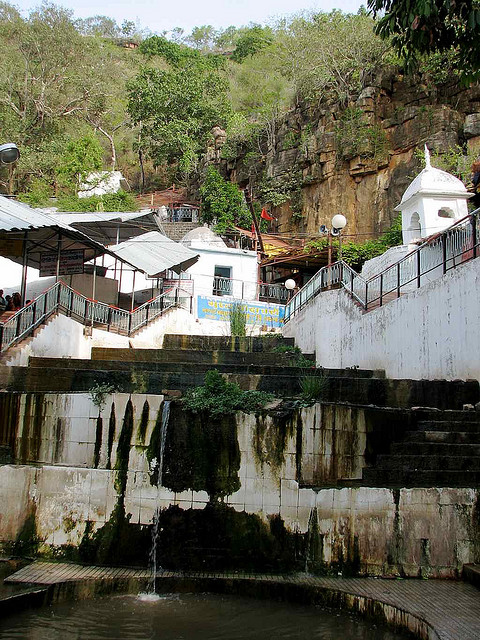
Bharat Milap Mandir: A holy shrine on the backdrop of Kamdagiri Hills is believed to be the place where Bharatha met Lord Ram and persuaded the latter to assume the throne of Ayodhya. Now this place houses an array of lovely temples and considered as one of the most venerated sites in Chitrakoot. Devotees undertake circumambulation of the hill where the temples situate is the major thing of the pilgrimage and the pilgrims do this with at most faith and fervor since they believe that this would absolve them from all their woes and sins.
This Ashram is situated about 15 Km. to the south of Ramghat in a dense forest area. It is dedicated to Maharishi and his wife Anusuya . It was here that Atri muni, his wife Anusuya and their three sons (who were the three incarnations of Brahma, Vishnu and Mahesh), lived and are said to have meditated
About 4 kms away from Sphatikshila is the hermitage of sage Atri and Anasuya, surrounded by dense jungles. The peace and tranquility is occasionally disturbed by the sound of wild animals. The ashram houses the statues of Anasuya, Atri, Dattatreya and Durvasa Muni.
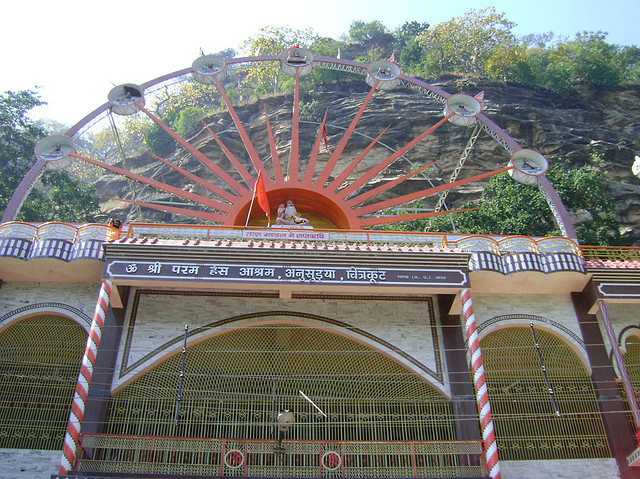
11th A.D: There are no inscriptions or writings as to the actual founding date of the Sri Jageshwari Temple. However certainly some parts of the temple complex are ancient and must date back to the 11th century A.D. or even earlier origin.